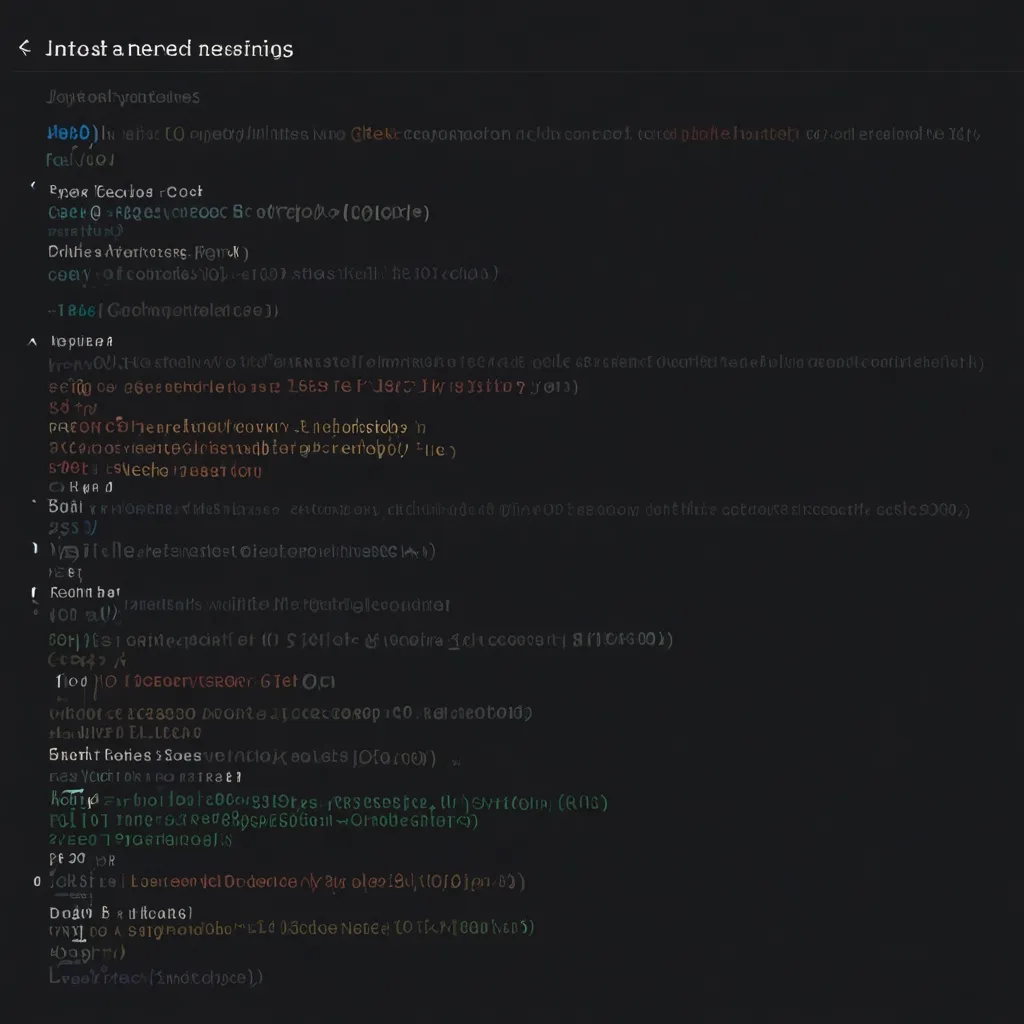Error management shapes resilient software. I’ve found that different programming paradigms approach failures uniquely, each with strengths and pitfalls. Let’s examine practical patterns that work across languages.
Exception handling in languages like Java or C# uses try/catch blocks. This separates happy paths from failure logic, but can obscure control flow. Consider this Python example:
# Handling file processing errors
def process_log_file(path):
try:
with open(path, 'r') as file:
data = file.read()
parsed = json.loads(data)
return transform(parsed)
except FileNotFoundError:
logging.warning(f"Missing file: {path}")
raise RetryableError("File not available")
except json.JSONDecodeError as e:
logging.error(f"Invalid JSON in {path}: {e}")
raise PermanentError("Corrupted data") from e
The key advantage? Centralized error processing. The risk? Hidden exit points that might skip cleanup logic. I always annotate exception-heavy code with comments about potential failure modes.
Return-based patterns force explicit handling. Go’s approach treats errors as values:
func CalculateDiscount(user User, cart Cart) (float64, error) {
if user.Status == "inactive" {
return 0.0, fmt.Errorf("inactive users ineligible")
}
total, err := cart.Total()
if err != nil {
return 0.0, fmt.Errorf("cart total error: %w", err)
}
discount, err := fetchPromo(user.ID)
if err != nil {
log.Printf("Using default discount: %v", err)
return total * 0.05, nil
}
return total * discount, nil
}
This verbosity pays dividends in readability. Every error path is visible. I often add helper functions when repetitive checks appear:
func Check[T any](value T, err error) T {
if err != nil {
panic(err) // Convert to exception for critical paths
}
return value
}
// Usage in time-sensitive code
config := Check(LoadConfig())
Functional languages use type wrappers. Rust’s Result and Option enums ensure compile-time safety:
fn parse_transaction(input: &[u8]) -> Result<Transaction, ParseError> {
let header = parse_header(input).ok_or(ParseError::MissingHeader)?;
let body = parse_body(&input[HEADER_SIZE..])
.map_err(|e| ParseError::BodyError(e))?;
if !body.validate_checksum() {
return Err(ParseError::ChecksumMismatch);
}
Ok(Transaction { header, body })
}
The ? operator simplifies propagation while maintaining type safety. For complex workflows, combine with match statements:
match process_order() {
Ok(receipt) => send_receipt(receipt),
Err(OrderError::Inventory(e)) => restock_item(e.sku),
Err(OrderError::Payment(e)) if e.is_timeout() => retry_payment(),
Err(e) => log_critical_error(e),
};
Effective strategies transcend paradigms. Classify errors by severity:
- Operational errors: Expected failures like network timeouts
- Programmer errors: Bugs like null dereferences
- Semantic errors: Domain-specific violations
Preserve context through error chains. When wrapping errors, attach metadata:
async function getUserProfile(id: string) {
try {
return await db.query(`SELECT * FROM profiles WHERE user_id = $1`, [id]);
} catch (err) {
throw new Error(`Failed fetching profile ${id}`, {
cause: err,
metadata: { userId: id, query: "SELECT_PROFILE" }
});
}
}
Testing error paths requires creativity. Use mocks to simulate failures:
// Java with Mockito
@Test
void paymentFailureTriggersCompensation() {
PaymentService mockService = mock(PaymentService.class);
when(mockService.process(any()))
.thenThrow(new PaymentException("Insufficient funds"));
OrderProcessor processor = new OrderProcessor(mockService);
Order order = validOrder();
assertThrows(OrderFailedException.class,
() -> processor.execute(order));
verify(mockService).compensate(order);
}
Logging requires balance. I structure logs with:
{
"timestamp": "2023-11-05T14:23:18Z",
"level": "ERROR",
"code": "E102",
"message": "Payment processing timeout",
"context": {
"user_id": "u-5xkg",
"transaction_id": "tx-9fyz",
"retry_count": 3
},
"diagnostics": {
"latency_ms": 1200,
"endpoint": "https://pay.example.com/v2/charge"
}
}
Distinguish expected errors from novel ones in monitoring. Configure alerts only for unknown failure signatures or elevated rates.
Start simple. Early in a project, I use basic error propagation. As failure patterns emerge, I implement:
- Automatic retries with exponential backoff
- Circuit breakers for downstream services
- Dead letter queues for unprocessable messages
- Fallback mechanisms for non-critical features
During code reviews, I verify:
- All possible error sources are handled
- Warnings and errors have distinct log levels
- Third-party library errors are wrapped
- Timeouts exist for all I/O operations
- Resource cleanup occurs in all exit paths
Error handling matures through iteration. Instrument production systems to discover unexpected failure modes, then refine your approach. The most resilient systems treat errors as core business logic, not afterthoughts.






